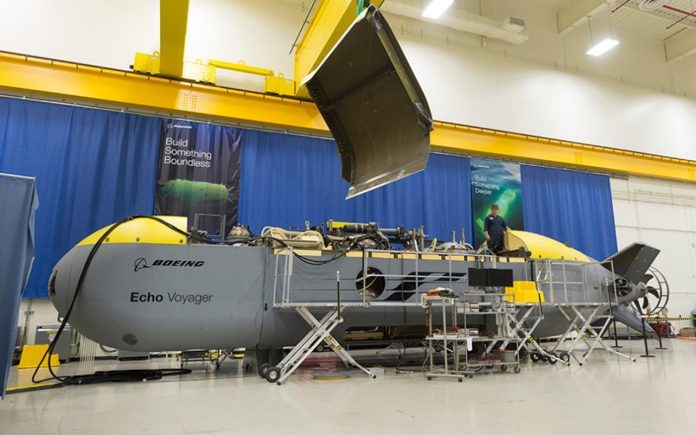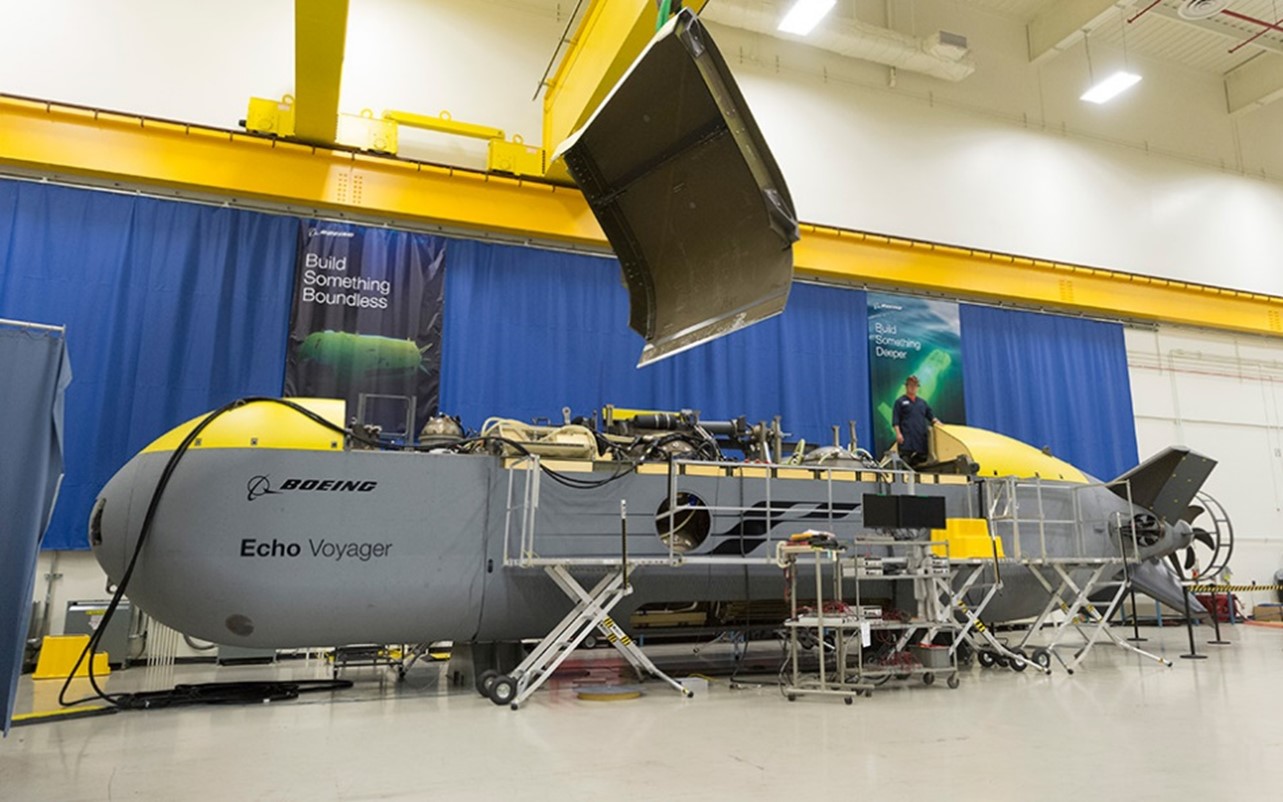
Boeing has achieved a significant milestone with the delivery of its first Orca Extra Large Uncrewed Undersea Vehicle (XLUUV) to the U.S. Navy, a remarkable step forward in autonomous maritime technology.

The Orca, a new class of autonomous submarine, marks a transformative advancement in the U.S. Navy’s underwater capabilities, potentially altering future naval operations in contested waters and challenging environments.
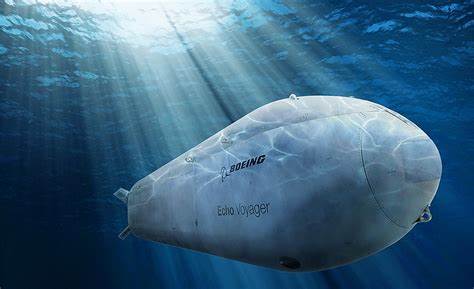
Boeing launched the design and creation of the Echo Voyager in 2012, which served as a proof-of-concept Extra-Large Unmanned Undersea Vehicle (XLUUV). This innovative vehicle commenced at-sea testing in 2017 and paved the way for the US Navy’s Orca XLUUV competition. Echo Voyager, distinguished as the sole vehicle of its size and capability globally, has accumulated more than 10,000 operating hours at sea and traversed hundreds of nautical miles autonomously.
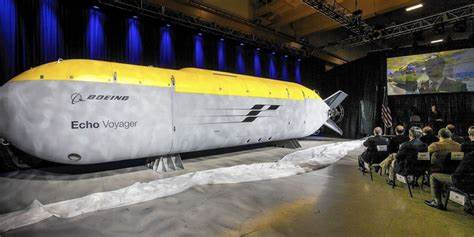
The Orca, developed from Boeing’s Echo Voyager unmanned design, is a 50-foot-long diesel-electric vessel capable of diving to a depth of 11,000 feet and reaching speeds of up to eight knots.
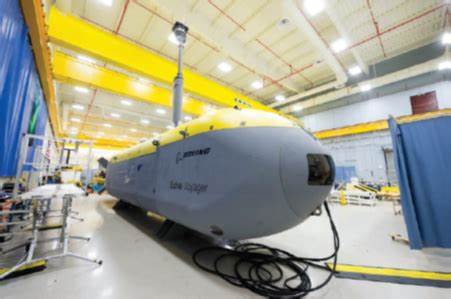
Its modular construction allows for a flexible payload bay, accommodating up to 2,000 cubic feet of cargo, as well as supporting external payload modules.
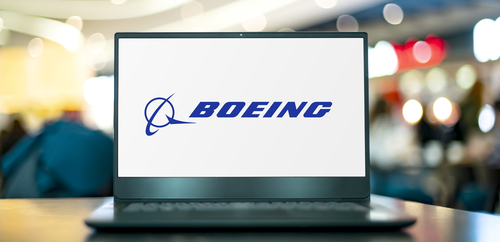
This capability could extend to a range of operations, from intelligence gathering and enemy vessel tracking to the deployment of mines or weapons in combat situations.

According to Ann Stevens, vice president of maritime and intelligence systems at Boeing, “This is the culmination of more than a decade of pioneering work, developing a long-range, fully autonomous undersea vehicle with a large payload capacity that can operate completely independently of a host vehicle.”

The delivery follows extensive at-sea testing of the Orca, which included both above and below surface maneuvers to affirm its unique attributes.
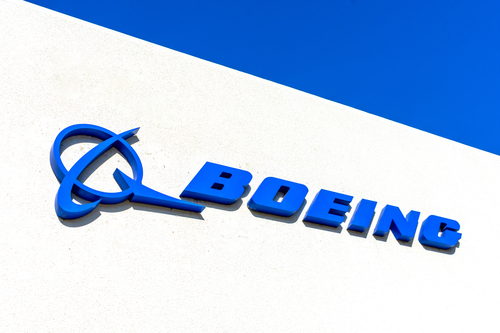
The Orca project is an integral addition to Boeing’s defense repertoire, which plays a pivotal role in complementing its commercial aircraft business.
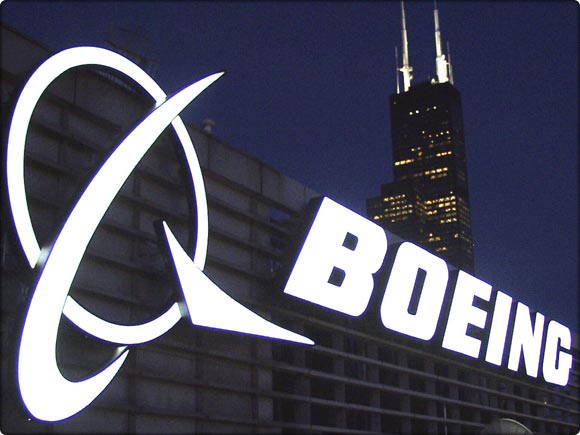
It also offers a glimpse into the future of maritime warfare, where autonomous systems could enhance fleet capabilities, reduce risks for crewed vessels, and complicate enemy detection systems.
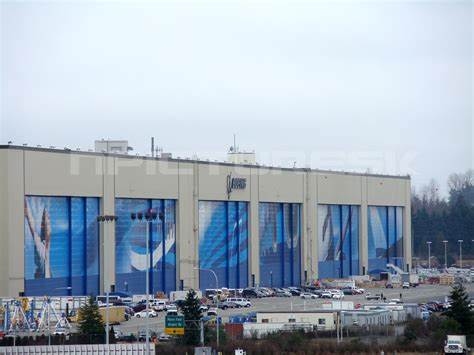
The company has been working alongside shipbuilder Huntington Ingalls and has completed more than 25% of the Orca’s construction at Virginia Beach, Virginia, home to the expansive Newport News shipyard.
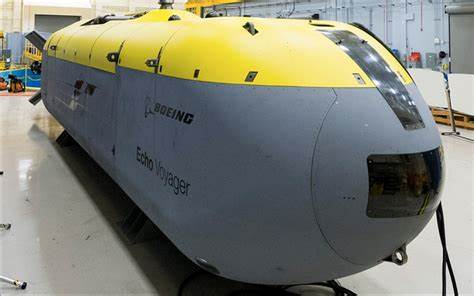
The aim is to bolster the Navy’s ability to address “a joint emergent operational need,” as stated in Navy budget documents.
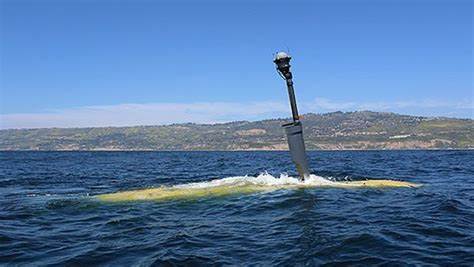
The Navy anticipates fabricating additional Orca systems in the coming years, depending on the progress from the initial deliveries.
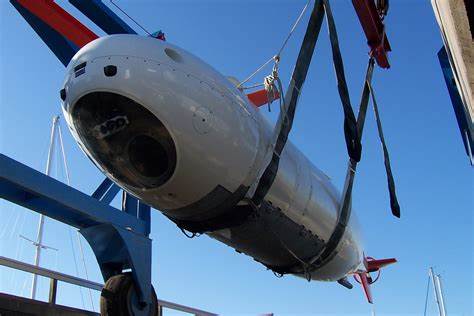
In addition to its operational versatility, the Navy has defined requirements for payload interfaces, ensuring that current and future payloads can be integrated for use within the vessel.
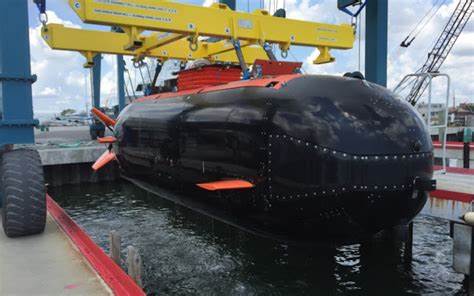
The Navy’s investment in advanced undersea prototyping, requesting $104 million for the fiscal year 2024, underscores the strategic value placed on these emerging technologies.
Relevant articles:
– Boeing Will Build the Navy’s New Autonomous Submarine, Yahoo Movies UK
– News Releases, PR Newswire
– Navy receives first Orca unmanned submarine from Boeing, DefenseScoop
– The Navy has its first giant robotic submarine, Defense One
